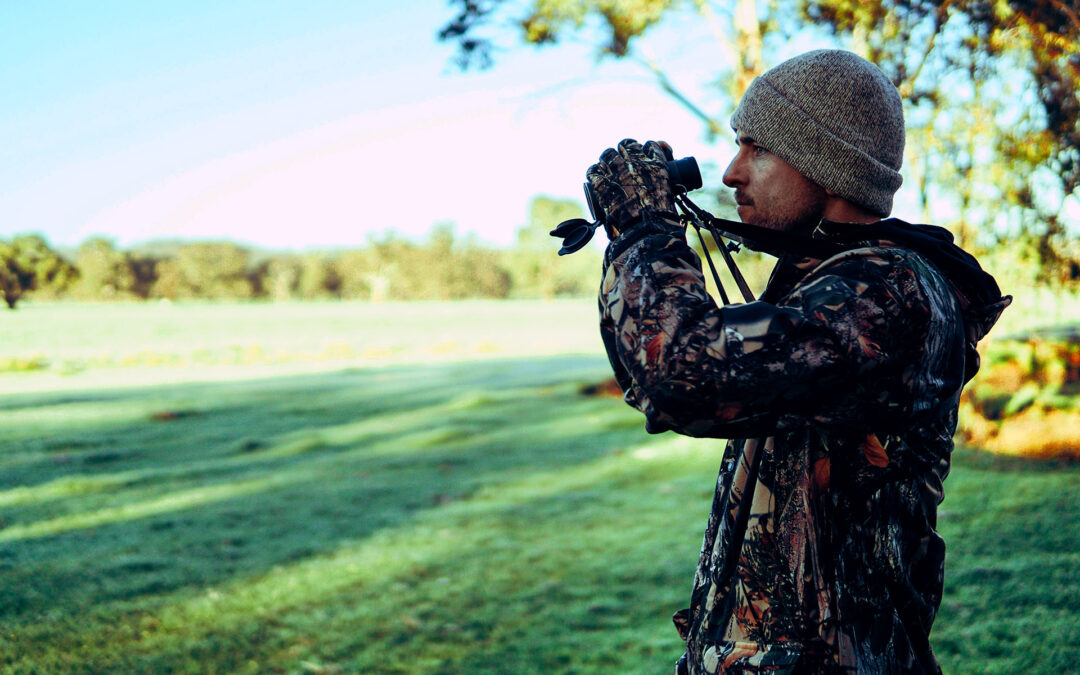Reasons to Determine the Age
- If you want to shoot a mature deer, you must ensure it is one before sending a bullet or broadhead downrange.
- If managing land for older bucks, identifying a deer as a young buck, and subsequently passing on it to allow it to reach a more mature age class, is necessary.
- Passing on younger bucks means more and bigger bucks to see and shoot in the future.
- Allowing bucks to age gives them time to express and spread their antler genetics.
- Not shooting younger bucks — and taking the correct number of does — helps balance the buck-to-doe deer population ratio.
- Allowing bucks to get older creates a balanced, natural age structure for the deer population.
- Having a balanced age structure improves the overall deer herd.
- Improving the buck age structure increases the overarching area’s hunting (and land) value.
Ways to Determine Age
Tooth Replacement and Wear Method – The initial phase in determining the age of a deer with the tooth replacement and wear technique is to count teeth.
- Fawns have five or fewer jaw teeth.
- Deer that are 1 ½-years-old generally have six jaw teeth along the bottom.
- At 3 ½, the slight wearing of the permanent teeth is noticeable, and slight concavity is clearly visible. The cusps of the first molar demonstrate substantial wear and the third molar is fairly level.
- Once a deer reaches 6 ½ or more, the teeth are worn down smooth, or flattened, and little enamel is revealed.
Body Characteristics – Several deer body parts to observe when trying to age class a whitetail deer on the hoof includes the antlers, back, belly, and legs. Each of these changes over time.
- At 1 ½ the antlers are 20% to30% of their potential size. Their weight is more to the rear end and the belly does not sag. The legs seem very long compared to their torso.
- At 3 ½ the antlers have reached 70% to 80% of their ultimate size. Their weight is more evenly distributed, and the legs are more proportionate to their body.
- Once a deer reaches 6 ½ the antlers have reached full size. Their weight is more distributed to the front of their body and their legs appear much too short for their body.
Skull Plate Thickness – The older a deer is, the thicker its bones and skull plate becomes. The skull plate for young deer is more fragile, while older deer have developed thicker skulls.
The most popular method of determining the age of a White Tail Deer is the Tooth Replacement and Wear Method. Observing the differences in Body Characteristics is less effective but can be performed during the hunt. The Skull Plate Thickness approach is effective once the kill is achieved. For additional tips on hunting whitetail deer visit our website at https://oakcreekwhitetailranch.com/


Recent Comments